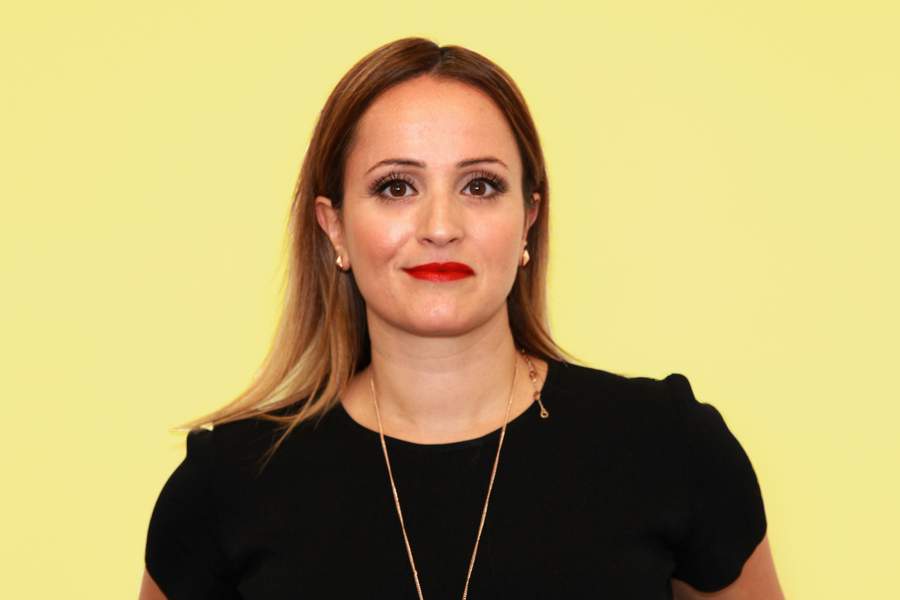Pictures can be worth a thousand words – and occasionally a lot of money too. For an architect or design firm, selling the perfect design is at the heart of the industry, regardless of whether the showcasing images are simulated from computer software or photographed with the most aesthetically pleasing lighting.
Developing a business-to-business (B2B) marketplace to help architects sell their imagery to product suppliers is Sydney-startup Bookmarc, an online platform slated to enter the market at the end of the month.
Bookmarc allows architects to earn cash by “tagging” a supplier’s product featured within their design, or alternatively sell their work to a product supplier, who can input their product range into an architect’s photo to later use for marketing purposes.
Looking to fill gaps felt by the two industries, Bookmarc’s marketplace means product suppliers are able to access an affordable and sizeable portfolio of professional work to digitally impose their products into, which can help get that perfect catalogue or Facebook photo.
Meanwhile, design firms and architects are able to protect their work behind a secure marketplace, earn cash for tagging products, or sell their designs entirely.
Helen Awali, the startup’s founder, who had previously product marketing agency Specix, said developing Bookmarc meant bringing these two spaces together.
“Architects need somewhere to market their service and attract business. Then we have product suppliers like Bluescope that need photo imagery of where their products are used in projects, and they actually don’t have any,” said Awali.
Bookmarc didn’t start out as a B2B marketplace, but rather a cloud-based product library for product suppliers, allowing them to upload their project files, such as images and CAD files of their products, for architects to use in their designs.
That was back in 2013, but it was last year that Awali decided she had gathered enough feedback from her audience to pivot in the new direction.
“I realised early on for these [architects] in the commercial space, there’s not a lot of marketing platforms out there, like a Pinterest, that allow them to showcase what they’re doing and put their name out there. On the flip side, through our product library, product suppliers would ask, how do we get more engagement using images? They either didn’t have access to any, or they’d have to render their products into an image they grab from Google [without copyright permission],” said Awali.
While these firms were completing designs, according to Awali, there wasn’t any central online solution to incentivise the architects to sell or monetise their work beyond the traditional means of completing projects for a client. Bookmarc is a way to “open” this additional avenue up.
With Bookmarc’s old model growing through word of mouth, Awali said design firms began contacting the business to ask what the benefit of the platform could be for them beyond downloading project files from product suppliers, and if they would be able to monetise their work. Previously, designs of an architect’s that weren’t tied to a project were uploaded as a free online portfolio, meaning anyone could gain access.
Looking help validate the idea, Bookmarc opened up to architects last year, allowing them to upload their work. The move was met with a strong response over the year, with Awali saying the business onboarded roughly 1500 design firms across Australia, Europe, and the US.
“They could create a portfolio and tag in product suppliers. They weren’t sure why they were doing it yet, but it gave us a lot of information about what we were doing and the direction we needed to go,” said Awali.
To help fund the pivot, Awali looked to Springboard Enterprises Australia, the US-founded accelerator focused on female entrepreneurs.
Awali said she wanted to understand how to pitch for capital, where to access it, and gain exposure to the US market through Springboard’s hefty US network.
“The US is one of our biggest target markets with all the architecture design firms there,” she said.
Participating in this year’s cohort, Awali is now coming up to the end of the four-month program, which wraps up with a final pitch to a crowd of US and local VCs.
“Even though the program only goes for four months…you get a coaching team to look over your pitch deck, your revenue, and you get to network. I think, as women sometimes as well, we’re not as confident, so they really instill that into you,” she said.
Once in market, Bookmarc’s new model will work by having product suppliers verify each product tag an architect pins in their design. If verified, the architect will be able to earn revenue off the tag.
Looking ahead, Awali said the model used by Bookmarc could have opportunities in other industries too which hold similar issues to design firms and product suppliers, although the focus for the meantime will be on getting the platform into market and expanding revenue sources.
Image: Helen Awali. Source. Supplied.




















Trending
Daily startup news and insights, delivered to your inbox.